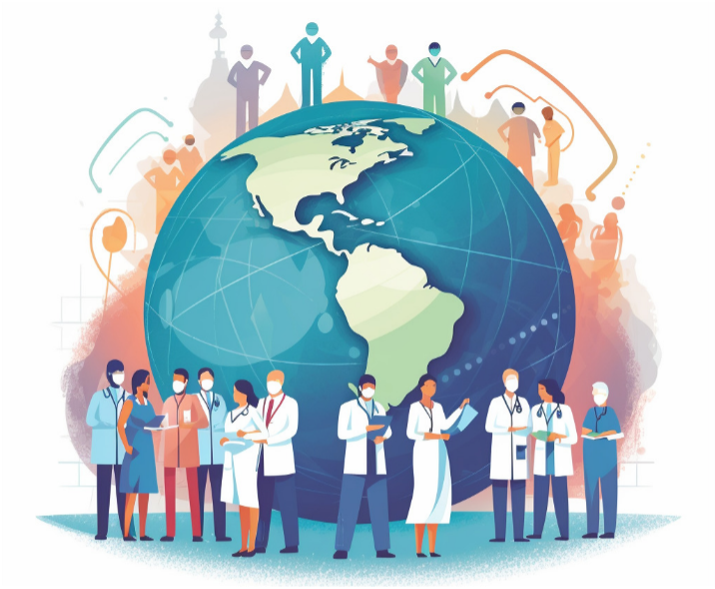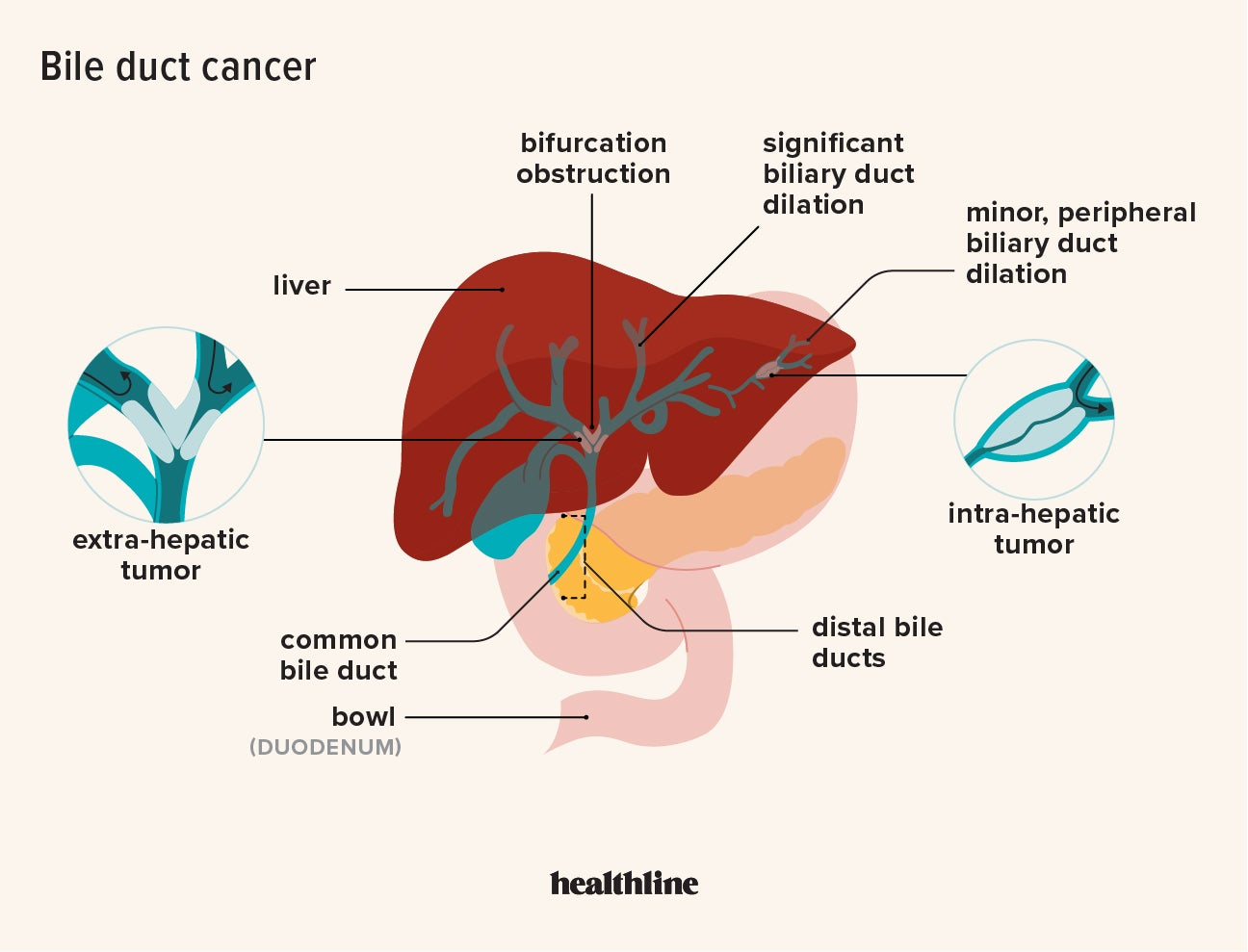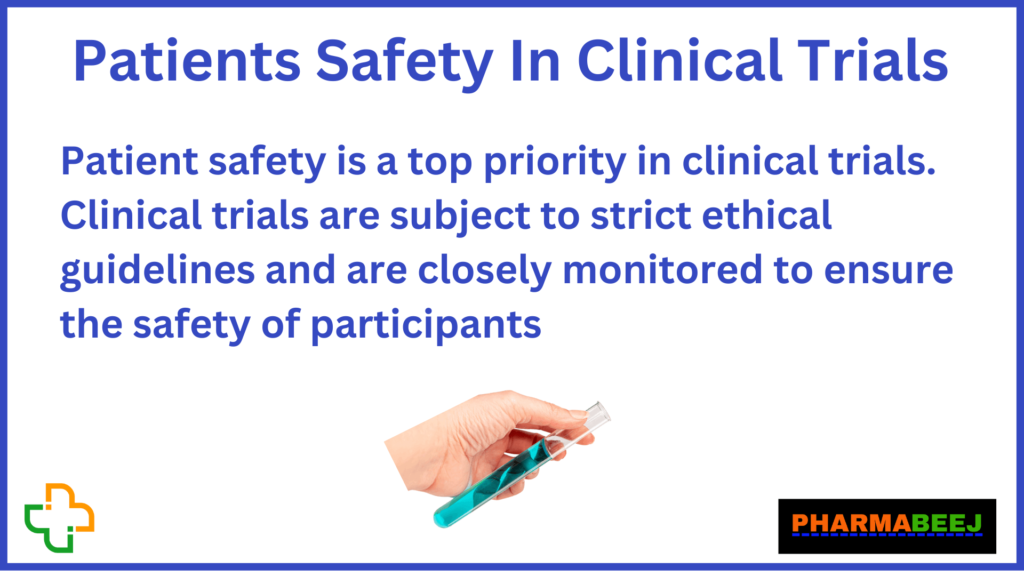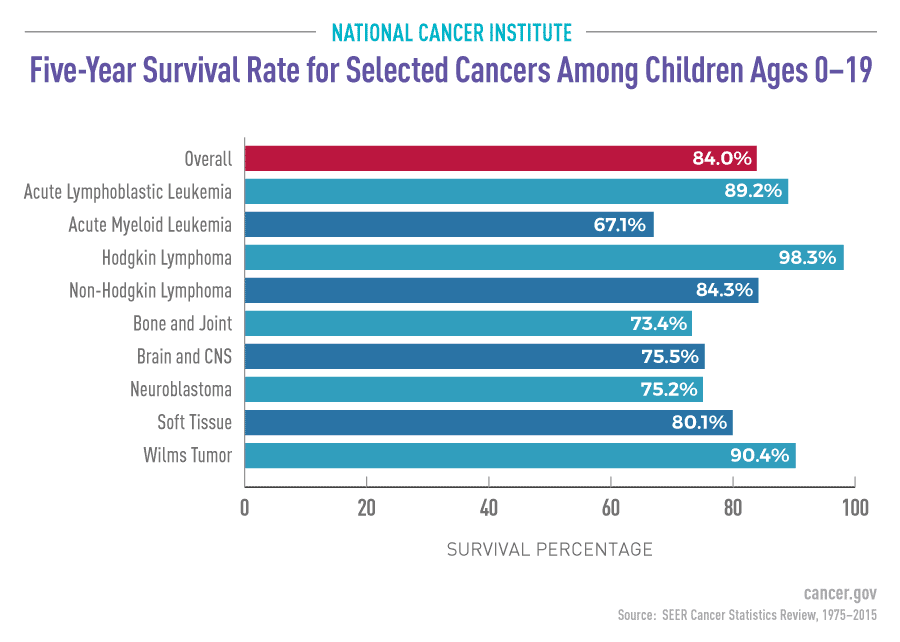
Global health is at a critical juncture, as highlighted by Surgeon Atul Gawande, who stresses the urgency of repairing the damage done to health infrastructure by recent administrative decisions. The dismantling of the U.S. Agency for International Development (USAID) has had a ripple effect, devastating public health programs that were once vital to improving health outcomes worldwide. Gawande’s reflections on his tenure at USAID underscore the importance of robust global health leadership in responding effectively to pandemics and health crises. His commitment to revitalizing the pathways for health equity and access speaks to the broader narrative of health as a basic human right. As regions scramble to stabilize their health systems, the call to action is clear: by investing in global health initiatives, we can build a healthier, more equitable world for future generations.
The concept of worldwide health encompasses the various initiatives aimed at enhancing health and wellbeing across borders. In this light, global wellness can be seen as a collaborative effort among nations to tackle diseases and improve health standards, particularly in developing regions. Authorities like Atul Gawande, through their leadership roles at organizations such as USAID, have sought to enhance health infrastructure by implementing comprehensive public health programs. These initiatives not only address immediate health concerns but also lay the groundwork for sustainable health solutions. Recognizing the interconnectedness of health challenges, it becomes evident that international cooperation is vital in fostering a healthier global community.
The Impact of Leadership on Global Health
Atul Gawande’s tenure at USAID showcases the critical link between effective leadership and the health infrastructure of nations. Under his guidance, USAID not only expanded its reach but also optimized its ability to respond to global health crises. By implementing strategies that drastically reduced the time needed to react to disease outbreaks, he positioned the U.S. as a key player in global health. The success of public health programs initiated at USAID during his leadership exemplifies how strong, visionary leaders can facilitate significant advancements in health outcomes across the globe.
However, the dismantling of USAID by the previous administration has seen these gains threatened. The reduction in staff and programs has highlighted the fragility of global health systems, particularly in lower-income countries that relied heavily on U.S. support. As Gawande aptly noted, the damage extends beyond just organizational changes; it affects millions of lives who depend on these essential health services. The urgent need for global health leadership is pronounced now more than ever, as countries seek to rebuild and restore their health infrastructure.
Reviving Health Infrastructure Post-Crisis
In the wake of the recent challenges faced by USAID, Gawande urges a revitalization of health infrastructure as a paramount goal for the future. The need to restore talent and broaden the reach of scientific research is crucial. Without reinstating robust public health programs, the U.S. stands to lose its position in international health leadership. This recovery period presents an opportunity to innovate and improve strategies for tackling public health crises, utilizing lessons learned from past successes and failures. Strengthening ties with universities and research institutions will be vital to creating a resilient healthcare framework.
Moreover, as countries reassess their health systems post-crisis, integrating effective surveillance and responsive strategies will emerge as fundamental benchmarks for success. Gawande’s reflections on USAID’s ability to mobilize resources swiftly for disease surveillance offer a template for future endeavors. By learning from prior achievements, other nations can emulate USAID’s successful health interventions and possibly even exceed them. With collaborative efforts and sustained investment in health infrastructure, global health leadership can be restored.
The Role of Public Health Programs in Maternal and Child Healthcare
Public health programs targeting maternal and child health emerged as a significant focus during Gawande’s time at USAID. The staggering reduction in maternal and childhood mortality rates indicates the profound impact that strategic health initiatives can have when effectively implemented. By partnering with local governments and utilizing evidence-based approaches, these programs managed to extend lifespans and improve overall health outcomes. Gawande emphasized the importance of sustained support for these critical initiatives to ensure that mothers and children receive the care they need.
However, the implications of recent funding cuts cannot be understated. With vital services disrupted, the progress made in maternal and child health faces substantial risks. Allocating resources to maintain and expand these public health programs is essential as they serve as a foundation for improved health across communities. Gawande’s insights into the need for investment in such initiatives echo a broader understanding of health equity. By focusing on maternal and child health, countries can foster healthier future generations and contribute to the overall advancement of global health.
Challenges Facing Global Health Funding and Research
The recent funding freezes affecting organizations like the National Institutes of Health and the Centers for Disease Control are alarming developments in the realm of global health. Gawande’s experience at USAID illustrates the interconnectedness of public health programs and research funding, and how crucial both are to developing effective health responses. The halt in funding not only jeopardizes ongoing projects but also stifles innovation necessary for combating emerging health threats. Recognizing the importance of continuous investment, it becomes clear that robust funding pathways are essential to fostering advancements in health.
As new challenges arise in the field of global health, it is imperative that both public and private sectors rally together to revitalize funding for health research. Engaging with stakeholders and communities to advocate for sustainable financial support is a necessary step toward ensuring the resilience of health infrastructure. Gawande’s call to action resonates strongly with the urgency of promoting global health initiatives, as the outcomes of research and funding directly affect health policies and practices worldwide.
The Future of Global Health Leadership
Reflecting on his past experiences and the current landscape of global health, Gawande expresses a sense of hope, even amid uncertainty. The future of global health leadership hinges on whether the United States will reclaim its role as a principal actor in international health affairs. If the U.S. steps back, other nations may take the lead—an outcome that could reshape the dynamics of global health governance. The ongoing discourse about America’s commitment to public health will determine how effectively the world can come together to tackle pressing health challenges.
In this climate of potential change, emerging leaders and health professionals will have crucial roles to play. Gawande’s assertion that expertise will continue to be needed emphasizes the opportunity for new generations to step into leadership roles. With stated commitment and strategic action, future leaders can redefine what global health leadership looks like, ensuring that comprehensive health strategies are prioritized on a global scale. The responsibility now lies with those in public health to advocate for strong policies and initiatives that support health equity and accessibility.
The Importance of Science and Medicine in Public Health
Strong advocacy for science and medicine is at the heart of effective public health programming. Gawande’s return to the academic community underscores the need for professionals to push back against anti-science sentiment that threatens health advancements. In order to uphold the gains made in global health, a robust commitment to scientific research and evidence-based policy-making must be prioritized. Public health professionals must harness their expertise to educate and inform both policymakers and the general public on the importance of maintaining scientific integrity in health.
The interplay between science and medicine is pivotal for the development of innovative health solutions. As Gawande points out, the follow-through from scientific discovery to implementation is what ultimately drives impactful health outcomes. By advocating for continuous learning and adaptation in public health strategies, the importance of a science-driven approach can be realized. As students and practitioners evolve in their roles, fostering a culture of respect for science will be instrumental in advancing health initiatives and ensuring a healthier future for all.
Revitalizing Collaboration in Global Health
Successful global health initiatives hinge on collaboration across sectors, nations, and health disciplines. Gawande’s insights into USAID’s collaborative efforts illustrate how partnerships can amplify the impact of health programs. By fostering strong relationships among governmental agencies, NGOs, and academic institutions, synergy can be created to address complex health issues effectively. Such collaborative frameworks not only enhance resource allocation but also facilitate knowledge exchange, which is crucial for the ongoing evolution of public health practices.
As the call for renewed global health leadership grows, establishing and maintaining collaborative networks will be essential. This includes building connections not only at a national level but also engaging local communities in the decision-making processes. By doing so, public health programs can be tailored to meet the specific needs of populations, ultimately improving health outcomes. Gawande’s emphasis on teamwork and shared responsibilities resonates as a guiding principle for future global health efforts, reminding us that together, we can effectively tackle the ongoing health challenges.
Innovative Approaches to Disease Surveillance
Gawande’s reflections on USAID’s disease surveillance systems highlight the critical importance of innovative strategies in public health. The ability to quickly identify and respond to outbreaks is vital for preventing widespread health crises. By investing in and enhancing surveillance capabilities, health officials can significantly reduce response times, ultimately saving lives. The methodologies used to monitor and combat diseases like Ebola and flu exemplify how innovative approaches can lead to more effective containment and prevention strategies.
As we face increasing public health threats, new technologies and data analytics will play a pivotal role in advancing disease surveillance. Gawande’s insights remind us that adapting to rapid changes in health will require both strategic investments and a commitment to ongoing research. Encouraging partnerships between tech companies and health agencies can lead to breakthroughs that redefine how we understand and respond to health threats globally. Emphasizing innovation in surveillance systems is key to bolstering global health preparedness for future outbreaks.
The Legacy of Effective Global Health Programs
Reflecting on past achievements, Gawande illustrates how effective global health programs leave a profound legacy. The measurable improvements in health outcomes attributed to USAID initiatives present a blueprint for future public health endeavors. By understanding what worked, stakeholders can replicate successes and avoid pitfalls in efficiently scaling health interventions. Gawande’s emphasis on evaluating and learning from health programs underscores the imperative to adapt and change as needed to ensure sustainability.
The legacy of health programs extends beyond immediate outcomes; it contributes to building resilient health systems. By fostering local ownership and engagement, the impact can be sustained over time, paving the way for future innovations. As health leaders reflect on the successes of the past, they must harness these lessons to champion the next generation of global health initiatives. Such efforts are crucial to ensuring that health advancements benefit all, creating a healthier and more equitable world.
Frequently Asked Questions
What are the key challenges facing global health leadership today?
Global health leadership is facing significant challenges, including reduced funding for public health programs and the dismantling of critical health infrastructure. Atul Gawande highlighted the damaging impacts of staff cuts at USAID, which severely affected its capacity to respond to global health crises and support health initiatives worldwide. The need for strong leadership and innovation in public health is crucial to overcome these obstacles.
How has USAID influenced global health outcomes?
USAID has played a pivotal role in improving global health outcomes through its extensive public health programs. Gawande noted that the agency helped reduce emergency response times to outbreaks from over two weeks to less than 48 hours, successfully prevented millions of maternal and child deaths, and significantly enhanced treatment for diseases like HIV and tuberculosis. However, recent cuts threaten these advancements.
What is the importance of health infrastructure in global health?
Health infrastructure is vital for delivering efficient and effective public health services. Atul Gawande emphasized that strong health systems allow for enhanced disease surveillance, quicker responses to outbreaks, and better health outcomes for vulnerable populations. Neglecting to invest in this infrastructure can lead to devastating effects on global health initiatives.
In what ways can public health programs be revitalized?
Revitalizing public health programs requires strategic investment and commitment from leaders. According to Atul Gawande, supporting agencies like USAID through increased funding, fostering collaborations with universities, and enhancing technical assistance can rejuvenate global health efforts and improve vaccination rates, maternal health, and overall health outcomes.
What role does the United States play in global health now and in the future?
The United States has traditionally been a leader in global health, but recent actions have raised concerns about its future role. Atul Gawande expressed uncertainty regarding America’s commitment to global health leadership, while emphasizing that expertise and contributions from individuals in health fields remain essential, regardless of the shifting political landscape.
| Key Points | Details |
|---|---|
| Gawande’s Experience | Atul Gawande, former USAID lead, speaks about the challenges imposed on global health due to staff cuts and program terminations. |
| Impact of USAID Cuts | 85% reduction in USAID programs has devastated health services worldwide, impacting millions. |
| Future of Health Infrastructure | Despite setbacks, Gawande believes it’s not too late to save vital health systems and infrastructure. |
| Need for Continuity | Follow-through on health initiatives is crucial for improving vaccination and health outcomes. |
| Role of America | Gawande expresses uncertainty over America’s role in future global health leadership. |
| Hope for Global Health | Despite challenges, there is encouragement for emerging leaders to engage in global health initiatives. |
Summary
Global health is facing significant challenges due to recent administrative decisions that have dismantled crucial infrastructure and funding. Atul Gawande highlighted the critical situation of the USAID, pointing out the heavy impacts of staff cuts and program cancellations that have led to devastating consequences for millions worldwide. Nonetheless, he remains hopeful for the future of global health, emphasizing the need for ongoing commitment and leadership from emerging health professionals to navigate through these turbulent times.





